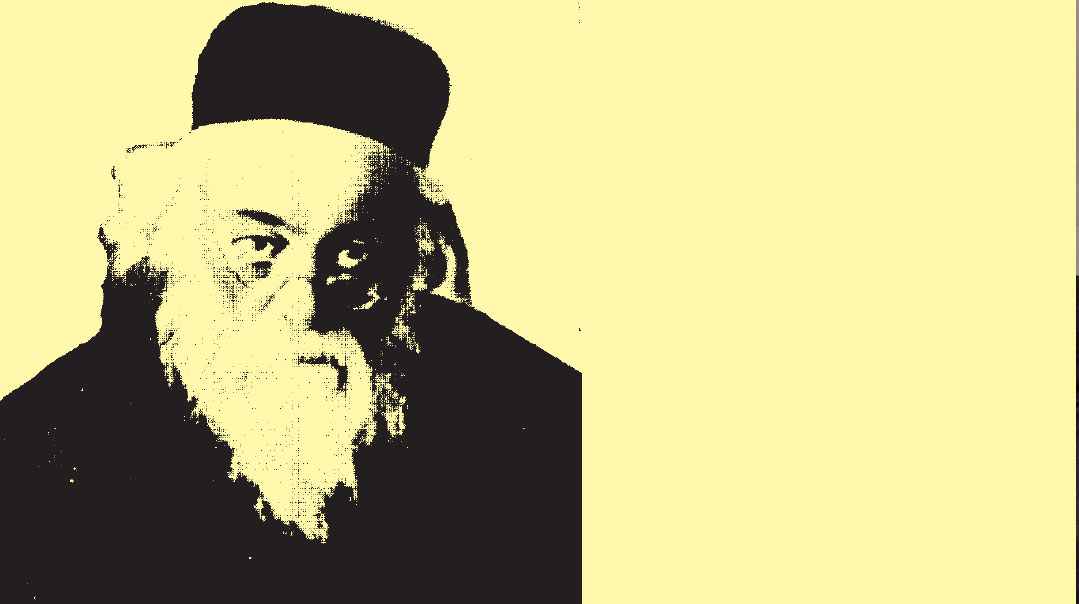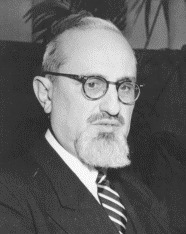Brisk: The Mastery & the Mystery

With its own lexicon, its own unspoken rules, and its uncompromising value system, what is the secret of Brisk — and how has it managed to capture the hearts and minds of a nation?

Photos: Mishpacha Archives
One hundred years after the passing of its founder, the pull of Brisk is strong as ever, drawing the most valiant soldiers of the Torah world to a dimension where little has changed. With its own lexicon, its own unspoken rules, and its uncompromising value system, what is the secret of this dynasty — and how has it managed to capture the hearts and minds of a nation?
Asher Soloveitchik was in my dirah!
Not as a rent-paying member of the dirah, but l’maiseh, he was inside.
A son of Rav Dovid Soloveitchik, a grandson of the Brisker Rav, was sitting inside our dirah, on a bed covered with blue plaid linens bought in Marshall’s, near a small cubby with Pringles and an ArtScroll siddur, schmoozing with us.
Our little group of bochurim was heady with a sense of accomplishment, of having finally arrived. Months after we joined the yeshivah of Rav Dovid, determinedly filing away every little bit of Brisker lore, eagerly lapping up scraps of history, and of course, reveling in its Torah — how many times did we learn that first Brisker Rav on Lishmah, even before booking airline tickets? — we’d become entrenched enough in this world of Brisk that our rosh yeshivah’s son had come in to chat.
At the time, he was still a bochur: Asher of the clear, Brisker eyes, nuanced smile, and disciplined walk.
We knew that it was strange that he’d veered from the precise, usual path from the yeshivah on Rechov Pri Chadash to his home on Rechov Amos, and come in to our one-room dirah on Rechov Malachi, (which, alas, is no longer a dirah, or even the real-estate tivuch it became after that; it’s been swallowed up into a colorless extension onto somebody’s porch.)
We knew this was a one-time occurrence; tomorrow it would be a buzz in yeshivah and it would never happen again. (It didn’t.)
We were like a group of fresh political interns suddenly come face to face with the vice president in the hallway. We’d taught ourselves to roll our reishes, when we said “the Rav” we were no longer referring to the shul rabbi of our youth, we’d learned to be wary about hechsherim not called Badatz Eidah Chareidis, and we dreamed of marrying girls who would walk the chickens and oversalt the meat and all the other kitchen terms we’d heard of, but never seen.
Now one of the royal family was among us, close enough to touch.
We racked our 19-year-old brains for the perfect question to suit the occasion, scrambling. The genie was out of the bottle and we couldn’t think of a single wish.
Someone finally asked a question that was vague, but at least it worked, given our choppy, neophyte Yiddish.
“Voss is Brisk?”
Asher looked up, intrigued by the question.
It wasn’t a new one.
The traditional answer is that Brisk is marked by the rigorous, systematic, precise, analytical approach to a Gemara, the splitting of ideas into “two dinim,” differentiating between the Talmudic concepts of gavra and cheftza. That thought process doesn’t just answer questions and contradictions, but rather, it exposes any inherent flaws.
Brisk, to others, means a laser-sharp focus on truth, with no distractions — not in halachah, not in hashkafah, not in life. It’s a fearless, agenda-free perspective.
But over the years, it had become a way of life, a community of its own — so what did it mean, to be a Brisker?
The question sat there, Asher contemplating, the rest of us predicting where he would go with it.
We knew that cerebral agility had something to do with it. So many of the legendary Brisk stories revolved around the lightning-quick grasp and sharpness of the protagonists.
And that ability goes right back to the root, to Rav Chaim Soloveitchik, who is considered the patriarch of the Brisker dynasty. When Rav Chaim was a child, he learned along with a friend. An older scholar asked the friend which of the two talmidim was more gifted. Who was learning better?
The friend confidently replied, “If I say he understands better than I, I would be lying. And if I say that I understand better, I will appear a baal gaavah.”

It seemed a brilliant answer, the final word.
Little Chaim Soloveitchik didn’t hesitate. “Now you’ve managed to be both a baal gaavah and a liar.”
In a shiur, his grandson Rav Yoshe Ber Soloveitchik of Boston maintained that all the astuteness of Brisk, the intelligence and keen insight, were tools used towards the chesed of Brisk, the compassion and kindness of its leaders: They fused that insight with their soft hearts, and this way, they were able to help the downtrodden.
That was the endgame.
In Brisk, he recalled, the rav’s home was public property. People would eat and sleep all over, using the home as their own. Some would famously post signs on its walls, as in a public space, announcing services or seeking lost objects.
Once someone described the scene in that home in front of the Brisker Rav (known as Reb Velvel), Rav Chaim’s son.
“The whole house was a reshus harabbim, people considered it public property,” the person commented.
“No,” Reb Velvel quickly replied, “that isn’t accurate, because even reshus harabbim has dinim, laws governing behavior there. A person may not lie down to sleep there, for example, because pedestrians have a zechus of passage there; my father’s house was more like ‘reshus hayachid for Klal Yisrael’ where every single individual had rights!”
Among the features of life in the rav’s home was the occasional appearance of a new baby. These were children of parents who couldn’t or wouldn’t care for them, so they became the rav’s charges. Rav Chaim and his rebbetzin assumed responsibility for these children, and they hired wet nurses to feed the helpless infants.
One week, a nurse was late in being paid and she burst angrily into Rav Chaim’s room, shouting that she would not feed the frantic baby until she got paid. Rav Chaim rose and immediately apologized for the misunderstanding, calmly assuring her that he would get her money right away. He returned a few moments later with the money, and the woman thanked him.
As she headed to the door, Rav Chaim stopped her. “Can I ask you a favor? You were justified in your anger, but I would nevertheless ask that you wait a few minutes before feeding the baby. You see, as long as you feel anger, that hysteria will be transferred to the baby. Why should the baby suffer because of my mistake?”
That too, is an answer to what defines Brisk: intelligence that goes beyond the beis medrash, the brilliant rationale used to calm a crying baby.
Reb Velvel’s son Rav Meir Soloveitchik had his own definition for what Brisk is all about. The weekly Shalosh Seudos at his home, Chazonovitch 3, was known as a central time for transmitting Toras Brisk.
Behind the humble door of his apartment, Brisk was preserved in its original form — starting with the chesed. The poor, lonely, and destitute, the down-and-out and emotionally disturbed: All found their way to the home where Rav Meir and his family adopted them.
Shalosh Seudos was a special time. His brother Rav Dovid and his nephew Rav Avrohom Yehoshua delivered their Chumash shiurim on Friday night or Motzaei Shabbos, but Shalosh Seudos was the time when Rav Meir, with the radiant face and large eyes, he who so resembled his father, would speak.
Oops! We could not locate your form.












